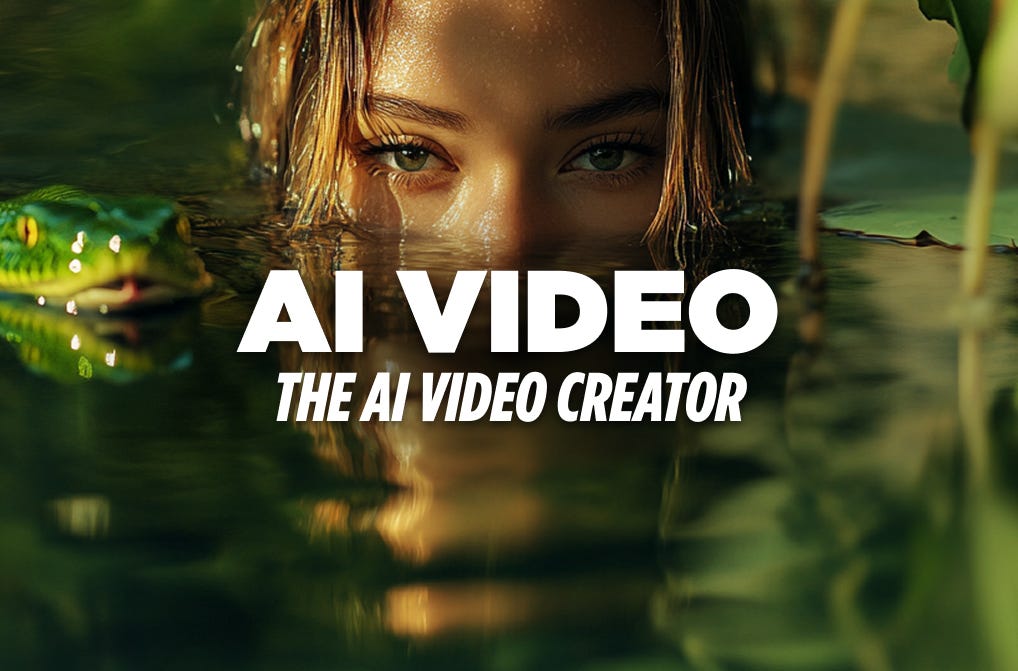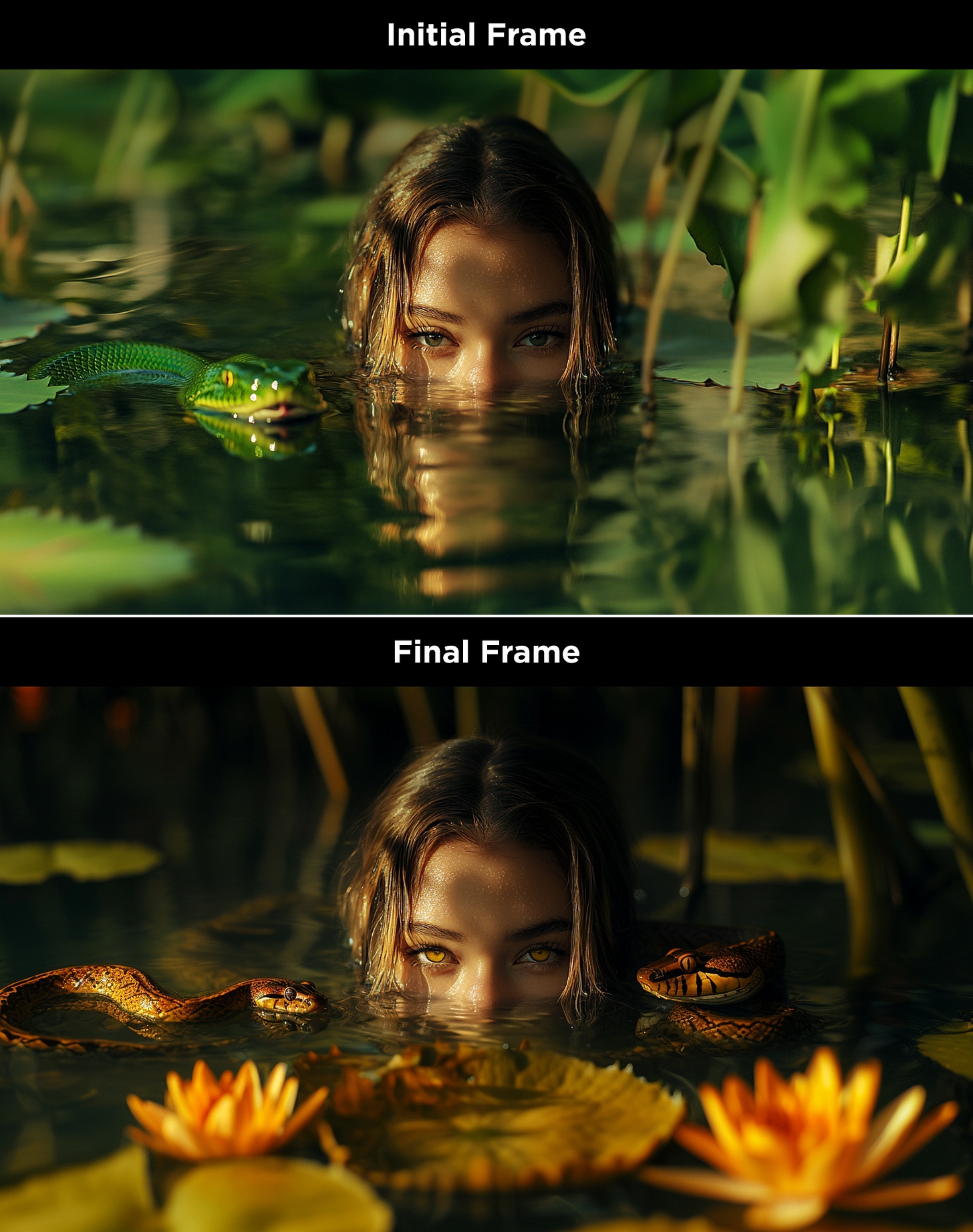I tested 4 AI Video tools for Transitions. This is the best one.
A head-to-head test of AI video tools to see which creates the smoothest transformations
Imagine ideating a breathtaking scene for your video, amazingly transforming one frame into another. You sit at your computer, ready to begin… and then freeze.
Which AI video tool should you use?
There are plenty of options, but which one is best for transitions?
To find out, we’re testing the three AI tools that currently support both initial and final keyframe control:
Runway Gen-3 Turbo
Kling 1.5
Luma Dream Machine
Pixverse v4
What are keyframes in AI Video?
Keyframes are the main reference points in AI-generated videos. The first keyframe (start frame) sets the beginning of the video, while the end keyframe (final frame) defines how it should end.
To create a smooth transition, you typically upload two images—one for the start and one for the end. The AI then fills in the missing frames, generating the motion between them. You can also add a text prompt to guide the transition, adjusting the style, effects, or movement.
This process allows AI to transform one scene into another smoothly, making keyframes essential for controlled video generation.
Ok, then. Let’s rumble.
Challenge One
Each tool will be given the same task: creating a smooth transition between the initial and final frames using this prompt:
Smooth transition of a woman in a lily pond. The scenery transforms, and her eyes begin to glow yellow.
With identical inputs, we’ll see which AI Video tool handles the transition best.
Let’s dive in.
4th Place - Runway Gen3
Runway moves the girl forward, and then just blinks everything and morphs into the new scene. Try harder, Runway.
3rd place - Luma Dream Machine
Luma makes the girl swim to a side of the pond where the plants are orange. It could work, but it feels weird.
2nd place - Kling
Kling moves all the elements around the girl, disguising the morph with movement. A little bit rushed, but it’s better than the previous two.
1st Place - Pixverse
Here’s why I like Pixverse’s version the most: First, the glowing eyes add a magical effect to the scene; second, the orange flowers grow in front of us. There is a tiny story here, and Pixverse takes the time to tell it.
I might be wrong here. What’s your take?
Challenge Two
Let’s try a sequence where two characters meet, a miniature Dragon and Warrior.
Smooth transition of miniature battle, a warrior walks to face the dragon and the dragon shakes its wings
Let’s go.
4th Place - Runway Gen3
Runway delivers, just barely. The movement of the Warrior is just a basic slide.
3rd place - Luma Dream Machine
That’s better. Luma make the Warrior walk (confusingly), the dragon opens its wings, and there is flame in the sword.
2nd place - Kling
Ok, have to confess I’m not really sure between this one and the one from Pixverse. It may be a tie. The wing movement is awesome, and the Warrior walks calmly and confident. The only flaws for me are the shape of the sword and the movement of a tiny brown plant in the background.
1st Place - Pixverse
On the other side, in Pixverse’s video the Dragon moves its wings rapidly, ready for combat, there is even a slight movement in the legs and tail, and the Warrior has a nice swagger.
Which one is your pick?
Thanks for reading. See you next Thursday with some Midjourney goodies.

















